This post may contain paid links. See more info on my privacy page.
Feeding your family well doesn't have to drain your wallet. With a few smart habits and easy swaps, you can lower your grocery bill and still serve up plenty of delicious, home-cooked meals.
These tips come straight from my own kitchen - the same tricks that kept my busy household of six fed without blowing the budget. I hope they help make your weekly shopping trips a little less stressful, too!

1. Join Your Store's Loyalty Program
Most grocery stores offer free rewards programs with instant discounts, freebies, or gas savings. If you shop the same store every week, those perks really add up.
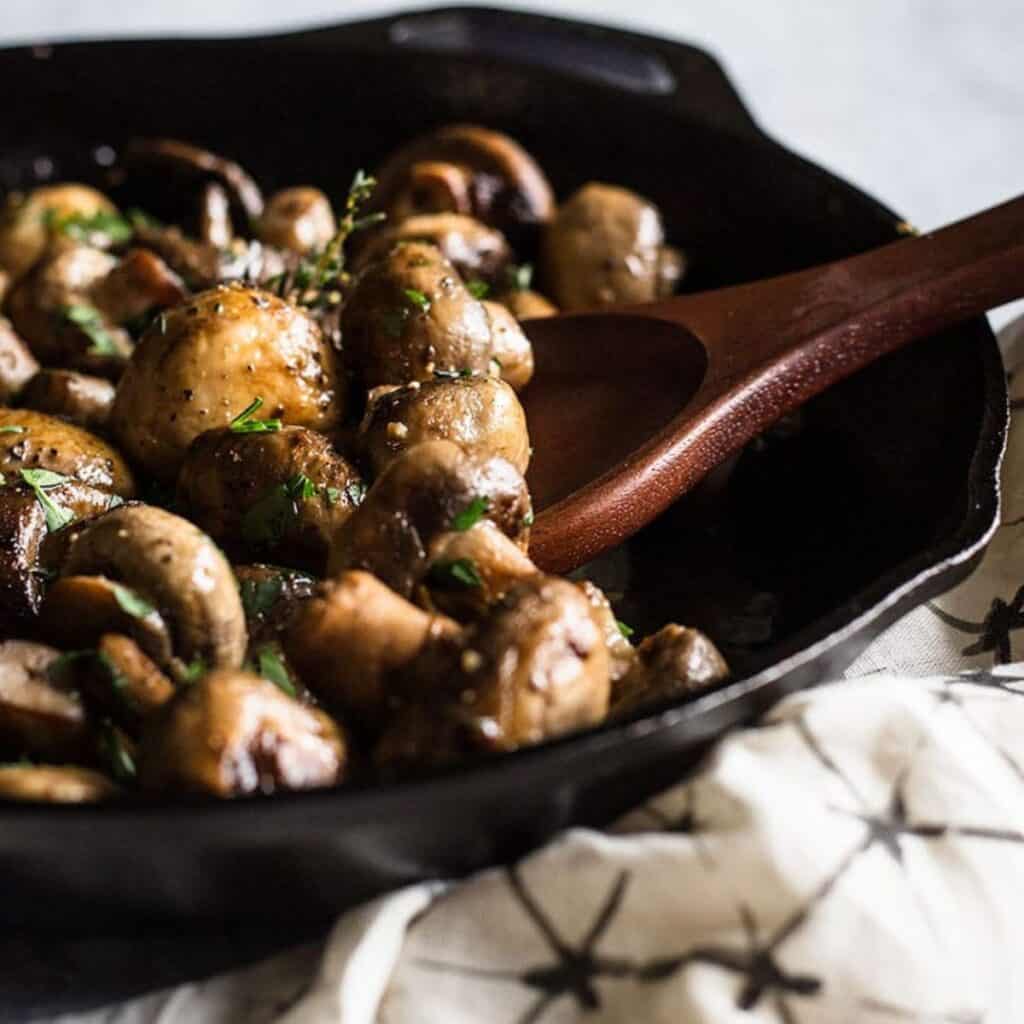
2. Pick the Best Store for the Job
I adore Publix for most things, but for fresh produce? ALDI wins every time. International markets can surprise you with great deals too. Try a few stores and see which ones make your dollar stretch furthest.

3. Shop at Farmer's Markets
Nothing beats fresh, local produce at a fair price - plus you're supporting your neighbors! The taste is usually better than store-bought, too.

4. Visit Local Farms
When I'm up in the Georgia mountains, I love picking up eggs and veggies right from the farm. It's often cheaper than the grocery store and supports your local community.

5. Shop What's in Season
Even if you can't make it to a farm, plan meals around in-season produce. Summer corn and zucchini, winter squash, sweet potatoes - all delicious and budget-friendly.

6. Always Check Unit Prices
Every price tag at the store includes a "unit price," which tells you the cost per ounce, pound, or item. Always compare cost per ounce or pound. Bigger isn't always cheaper - that tiny tag can save you more than you'd expect.

7. Give Store Brands a Chance
Store-brand products are often just as good as name brands and much more affordable. In many cases, they are made by the same manufacturers, just packaged differently (hint: look for labels that say "compare to" a well-known product). Items like canned goods, crackers, snacks, and sauces are especially good choices in the store-brand aisle!
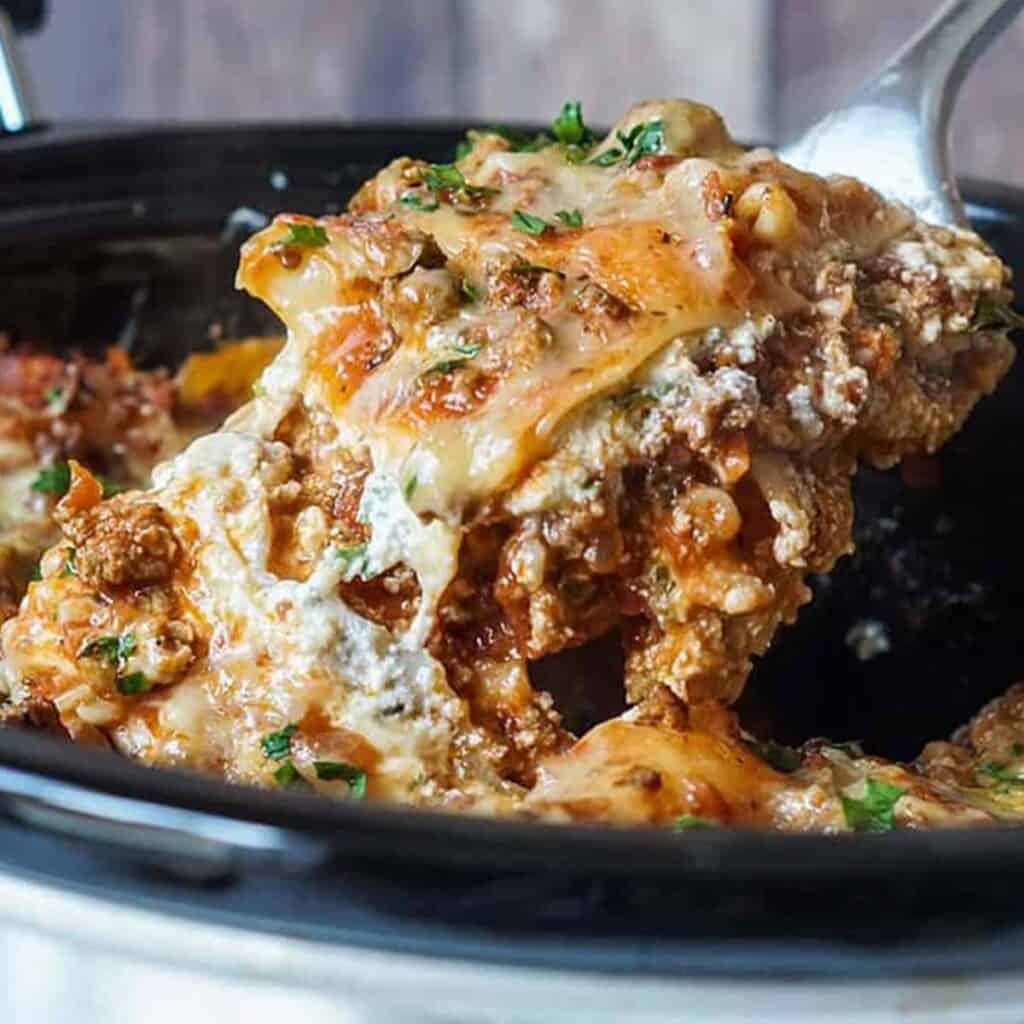
8. Make Your Own Frozen Meals
Instead of buying pre-packaged frozen meals, take note of your favorites and try making your own in big batches. Freeze them in individual containers for quick meals later. They cost less, taste better, and you control the ingredients!

9. Look for Sales and Coupons Before You Shop
Check your grocery store's weekly ad before heading out. You can plan your meals based on what's on sale and save money on both essentials and occasional splurges.
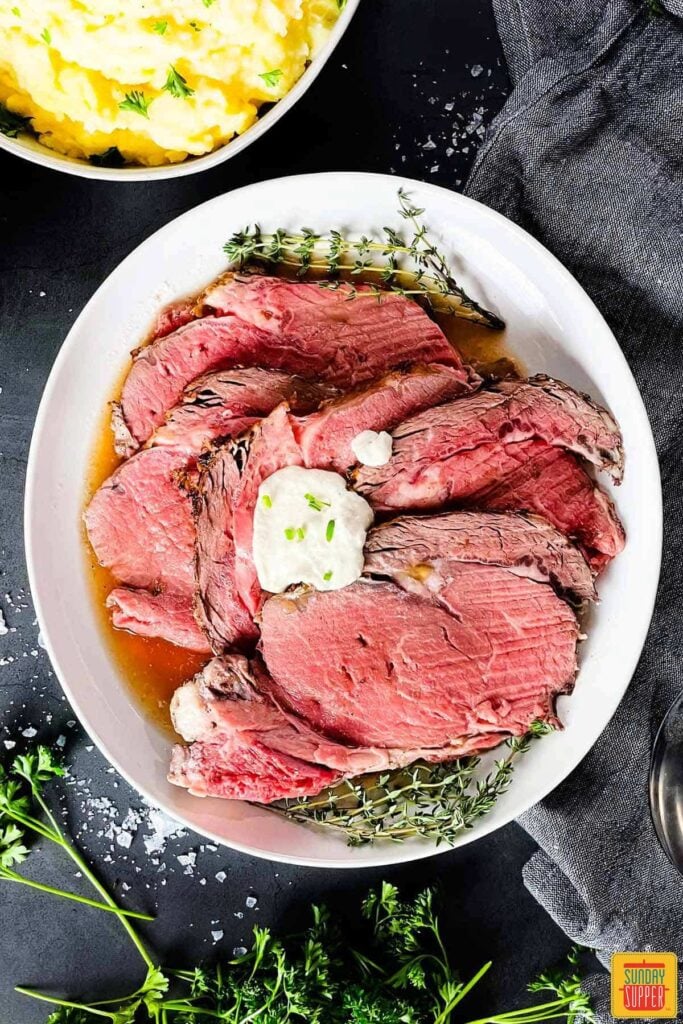
10. Leave Room for Treats
It's okay to treat yourself now and then, especially if it helps you stay motivated to cook at home. I personally have one brand of yogurt I do not compromise on. It keeps me happy and guarantees I'll actually eat the yogurt!

11. Be Smart About Buying Meat
I'm a big fan of red meat, but I also like saving money. Budget-friendly cuts like chuck steak or flank steak work wonderfully when marinated. You can still enjoy the flavor and texture without paying ribeye prices!

12. Use Chicken or Pork for Budget Meals
Chicken and pork frequently go on sale. They have a reputation for being dry, but if you cook them right, they're just as delicious and juicy as any other protein! Check out my chicken breast and pork chop recipes if you need inspiration.

13. Match Your Meat Purchases to Your Recipe
When you're meal planning, think about how you can make the most with more budget-friendly purchases. Frozen chicken breasts are usually cheaper, taste just as good as fresh once thawed, and work well in most dishes. For shredded chicken, drumsticks are a smart option. Cook them in bulk, pull the meat off the bones, and freeze it for later use. Save the bones to make homemade broth!
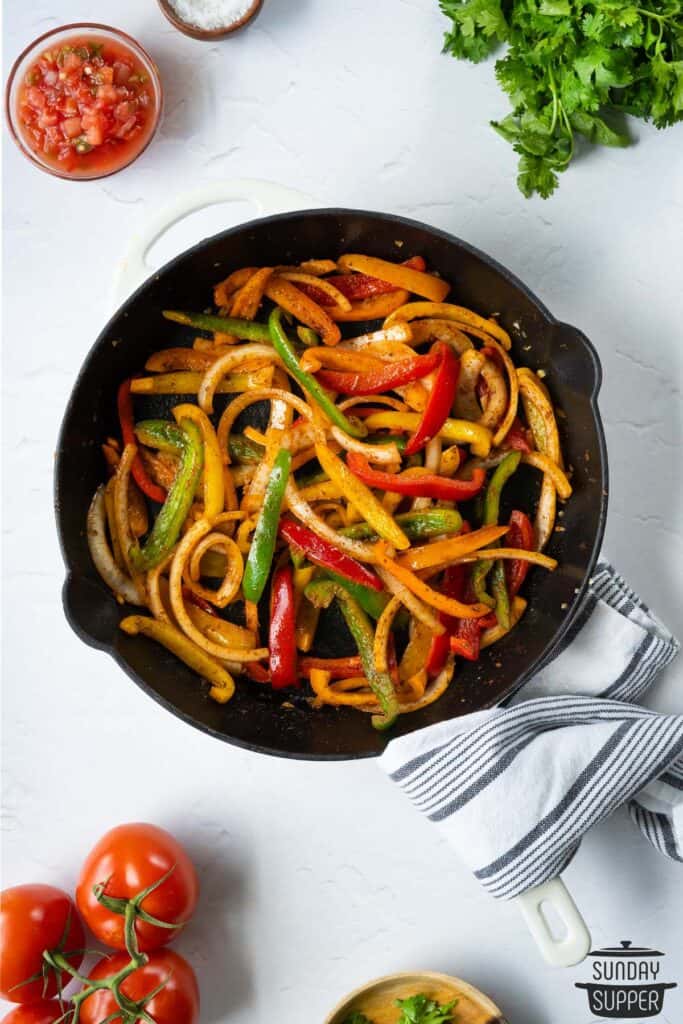
14. Replace Meat with Vegetables When You Can
Vegetables are very inexpensive and often overlooked as the star of the meal. Try skipping meat in dishes like lasagna, and use veggies like frozen spinach and zucchini instead! The flavor is great, and the cost is even better.

15. Or, Use Beans as a Meat Substitute
Beans are a fantastic replacement for meat in many recipes. Use them in tacos, chilis, nachos, and even burgers! Try black beans or kidney beans instead of beef, or use white beans like cannellini in place of chicken or pork. You'll be surprised at how versatile they are!

16. Freeze Food You Won't Use Right Away
If you stock up on meat or produce during sales, portion and freeze what you do not plan to use immediately. Label everything with the date so you can keep track of what's in your freezer. For extra convenience, you can freeze meat with a marinade so it marinates as it thaws!

18. Store Condiments Upside-Down
To get every last drop from your condiments, store them upside-down in the fridge. It is a simple trick you might already be doing, but it helps reduce waste and makes sure you're getting your money's worth.

19. Make Condiments and Sauces from Scratch
Homemade sauces taste so much better and cost less than the jarred versions! I like making my own ranch, blue cheese dressing, buffalo sauce, and Alfredo. Once you start making your own, it is hard to go back to store-bought.
- Quick Au Jus Recipe - Easy Beef Dipping Sauce
- Easy Remoulade Sauce
- Homemade Italian Dressing
- Pico de Gallo Recipe

20. Filter Your Tap Water Instead of Buying Bottled
If your tap water is safe to drink, consider buying a filter pitcher! It saves money, reduces plastic waste, and frees up fridge space. Of course, I know this isn't possible for everyone - but if it works for you, it can make a big difference!

21. Use a Berry Saver to Extend Freshness
Storing berries properly can make them last much longer. If yours tend to spoil before you finish them, a berry saver container can help keep them fresh. It's a simple way to prevent waste and save money.

22. Buy Frozen Produce
Frozen vegetables, fruits, and berries are often picked at peak ripeness and preserved for flavor. If you find yourself throwing away spoiled produce, switching to frozen can help cut costs and reduce waste.

23. Grate Your Own Cheese
Pre-shredded cheese includes a powdered coating to prevent clumping, which also affects how it melts. Grating your own cheese saves money and results in better taste and texture, especially in recipes that rely on melty cheese!
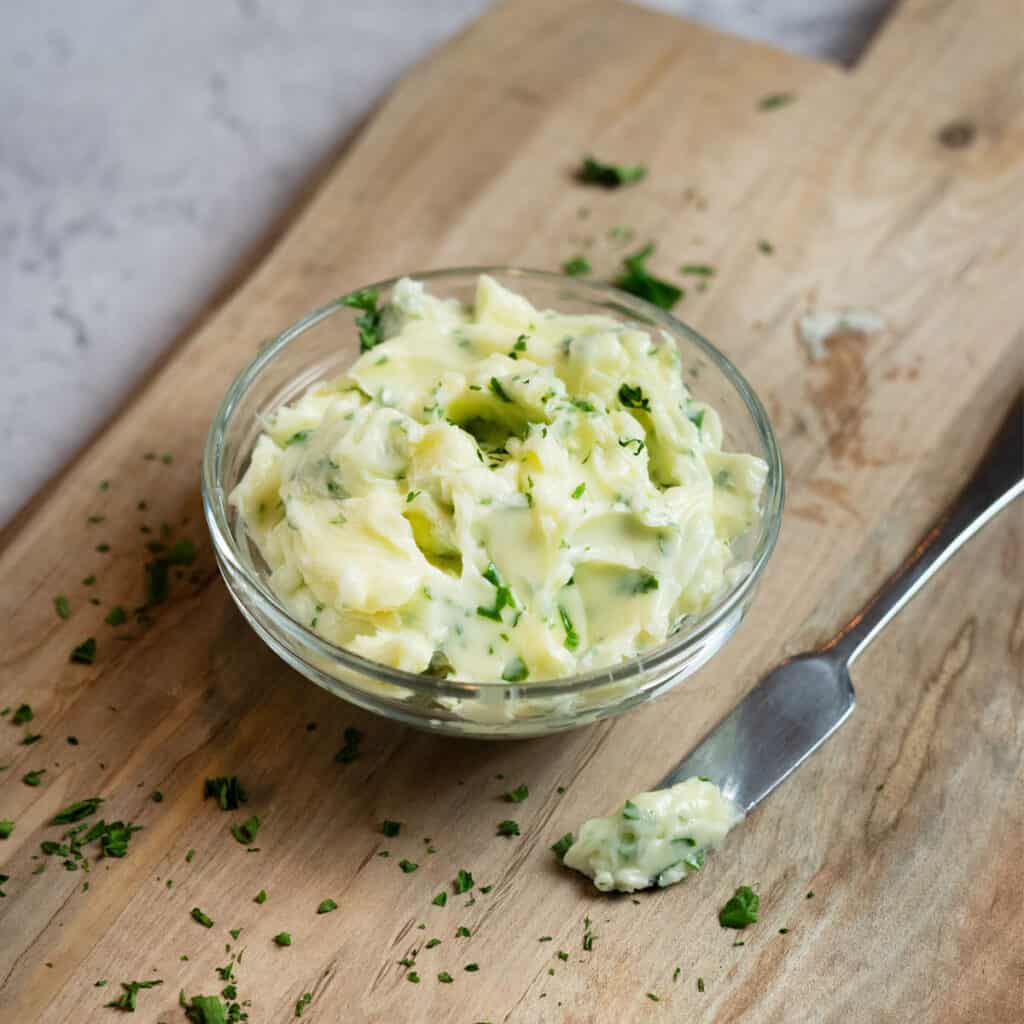
24. Grow Your Own Vegetables and Herbs
If you have the space, growing your own food is one of the best ways to save money. Herbs grow well indoors, while vegetables like tomatoes, zucchini, cucumbers, and peppers thrive in a backyard garden (and taste amazing). Plus, you can share extras with neighbors.

25. Try Broth Cubes or Homemade Broth
Instead of buying boxed broth, use broth cubes or bouillon to portion out what you need. It's cheaper and creates less waste! You can also collect vegetable scraps in the freezer to make your own broth.

26. Avoid Pre-Chopped Produce
Pre-chopped fruits and vegetables are sold at a big markup. If you can, buy whole produce and chop it yourself. If you have disabilities that make chopping veggies difficult, a vegetable chopper or food processor can help make prep easier and still save money.
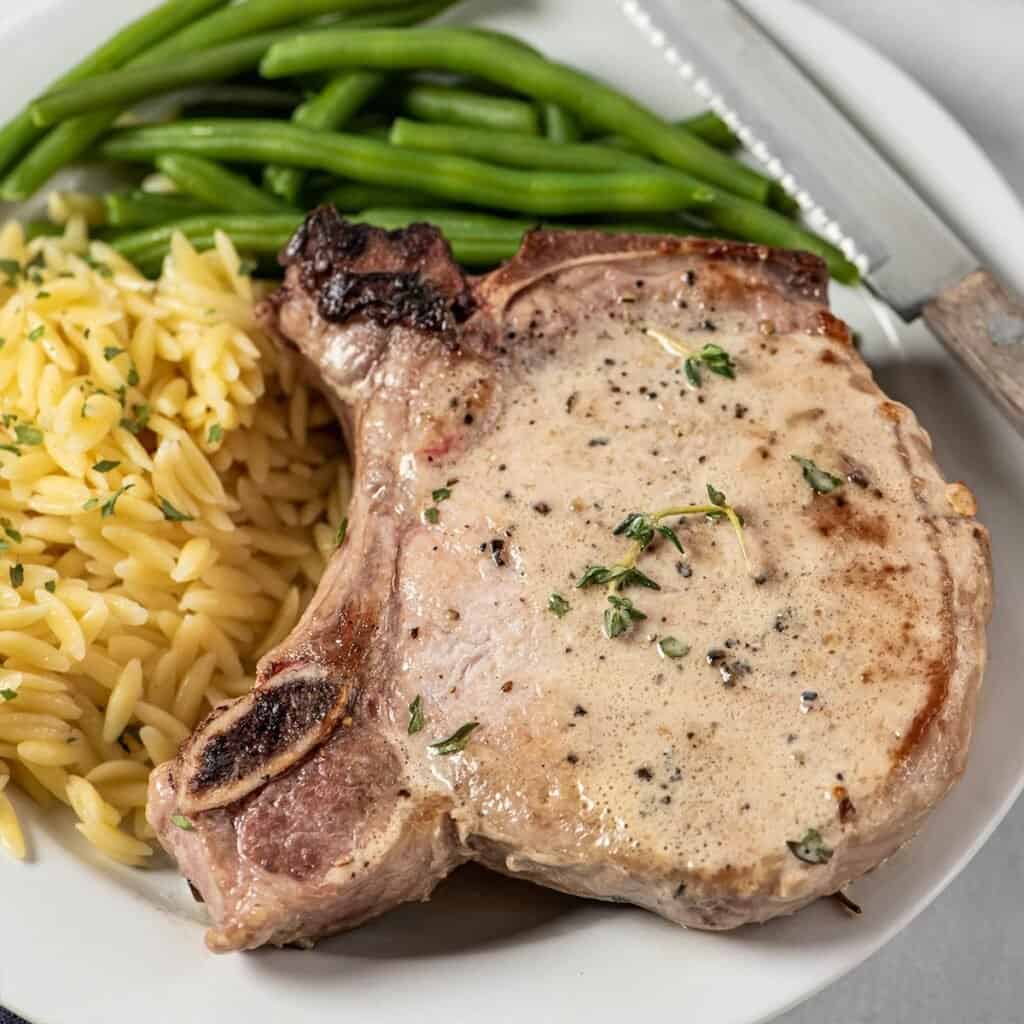
27. Keep Dinner Plans Simple
Dinner does not have to be a big production - simple meals are often the most realistic and budget-friendly option! Do what works best for your schedule and budget.

28. Plan Meals Ahead of Time
Meal planning and prepping can save you both time and money. By deciding what you will make for the week, you can build a grocery list that avoids impulse buys and helps reduce food waste.

29. Check Your Fridge and Pantry Before Shopping
This might sound obvious, but before heading to the store, always take a look at what you already have. It's easy to forget about items tucked away in the back of the fridge or pantry, and double-buying leads to waste. A quick check can prevent unnecessary purchases and help stretch your grocery budget!

30. Use Your Leftovers for New Meals
Last but not least - use your leftovers to make new meals! You can easily revitalize leftovers to make impressive new dinners everyone at the table will want to eat - even if they normally avoid eating leftovers. Start here:
- Leftover Ham Recipes
- Leftover Steak Recipes
- Leftover Prime Rib Recipes
- Taco Meat Leftovers
- Shredded Chicken Leftovers
Share Your Tips Below
Feeding your family well while saving money really comes down to a little extra planning and making smart swaps that work for you. These are the same grocery shopping habits that have helped me feed my own big family for decades without sacrificing the delicious, comforting meals we all love.
I hope these tips help you feel more confident heading to the store each week, knowing you have a few new ways to stretch your budget and still put amazing meals on the table. If you have your own favorite grocery tips, I'd love to hear about them - share in the comments and let's keep saving together!
Finally - see my Cheap Meals for Big Families for even more ideas!




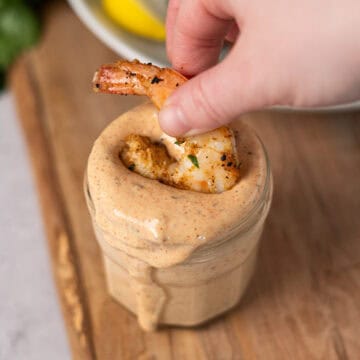


Comments
No Comments